CZ has upped its game with the 457 Royal, introducing a brand new trigger and safety catch to this attarctive tiger striped walnut creation - Chris Parkin is full of praise in this review
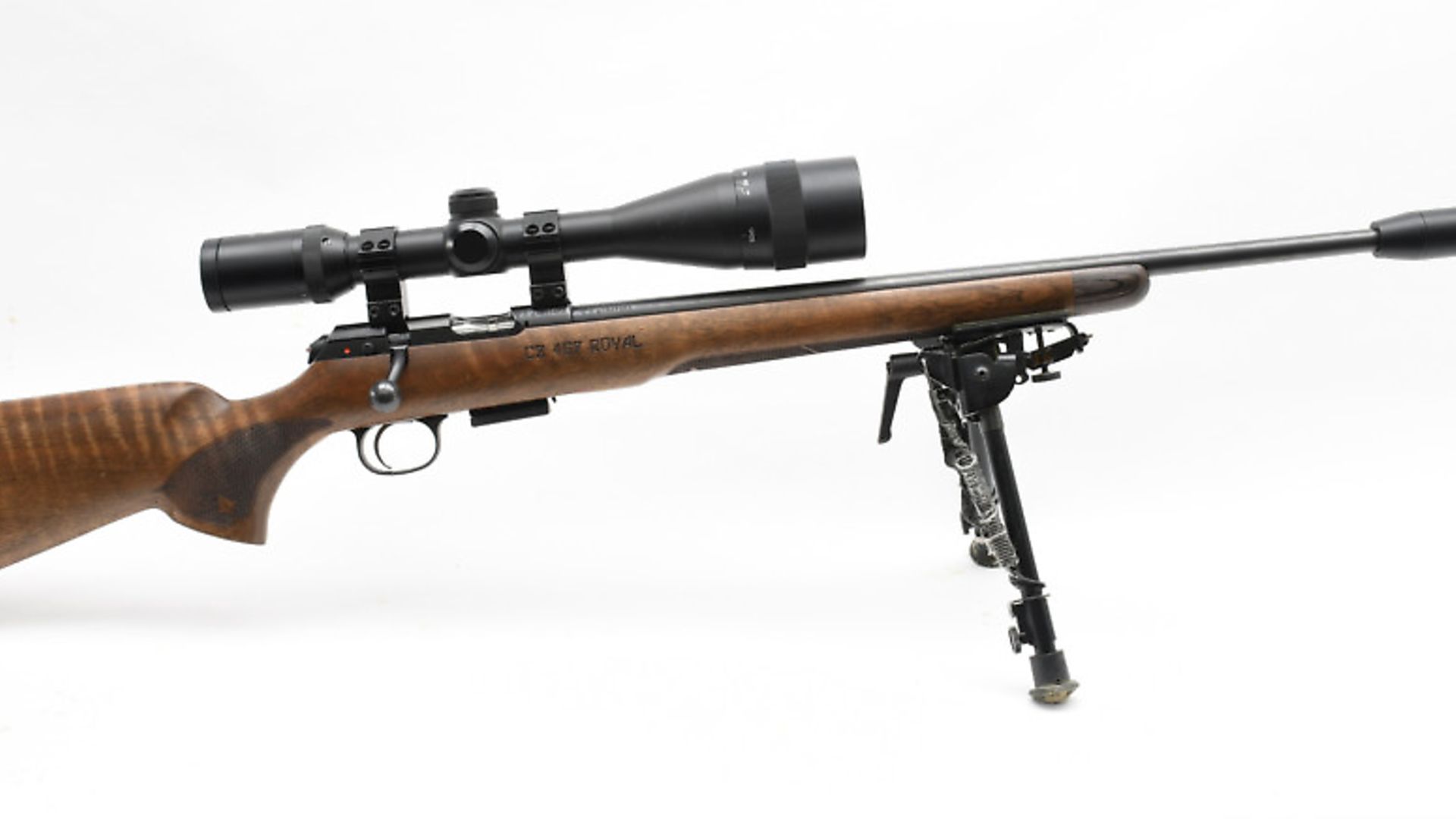 credit: Archant
credit: Archant
OVERVIEW - CZ 457 ROYAL RIFLE IN 17 HMR
PROS: New trigger; New safety catch; Action inlet detail; Reliability of pillar bedded action
CONS: Forend design needlessly prioritises slender aesthetics against hand filling ergonomics; Bolt handle rides close to scope mounts and Picatinny rail fit will be tricky, but better than the 452/3/5
OPINION: CZ have demolished their doubters with a great modernised action design, vastly improved in nearly every way
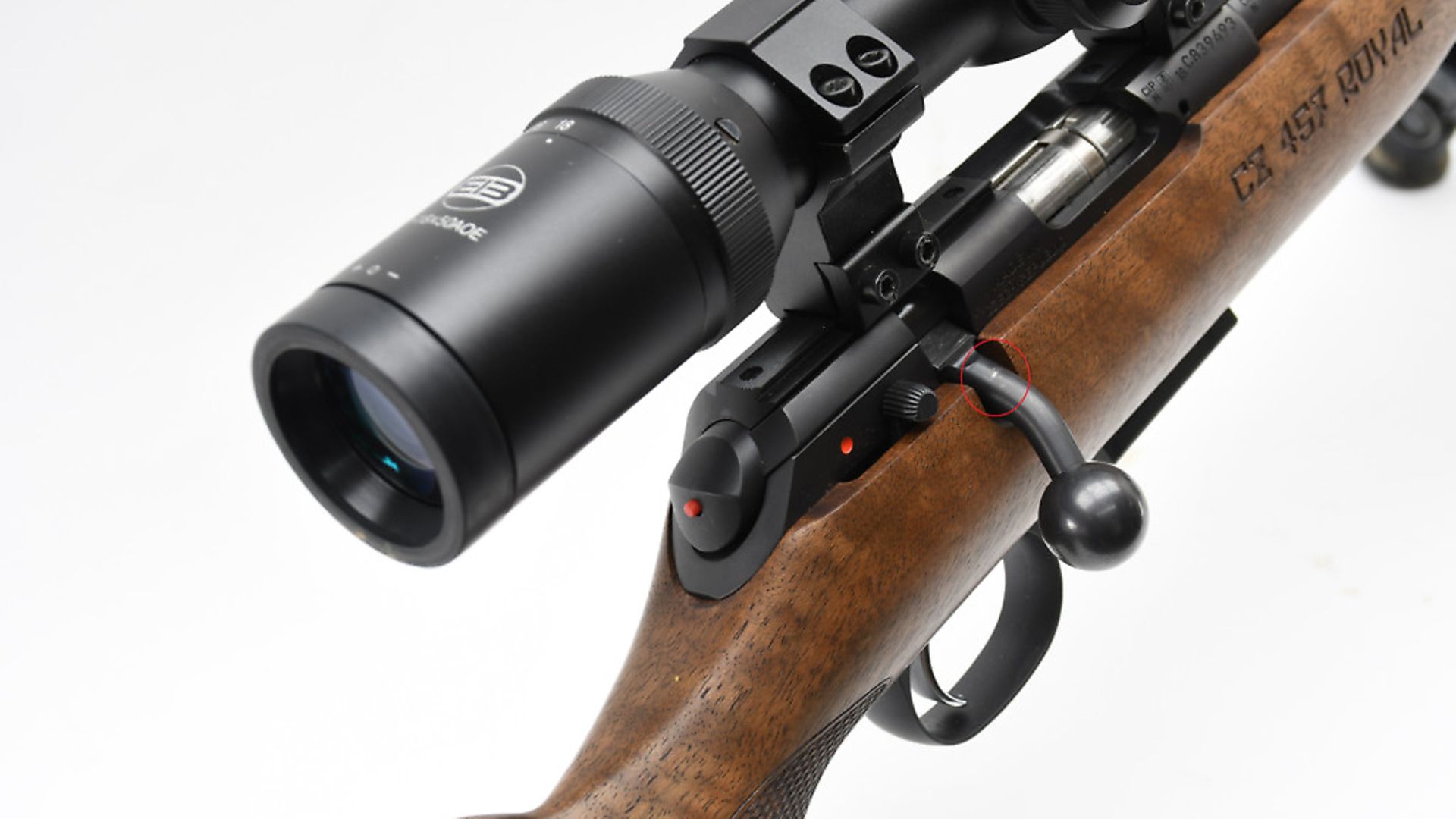 credit: Archant
credit: Archant
TECH SPECS
Model: CZ 457 Royal
Calibre: 17 HMR
Magazine Capacity: 5 round supplied, 10 round available
Barrel: 20" Hammer forged screwcut ½" UNF
Length: 975mm/38.5"
Weight: 3.28kg/7 ¼ lbs
Length of pull: 355mm/14"
AMMO USED: Hornady 17gr V-Max and 20gr XTP
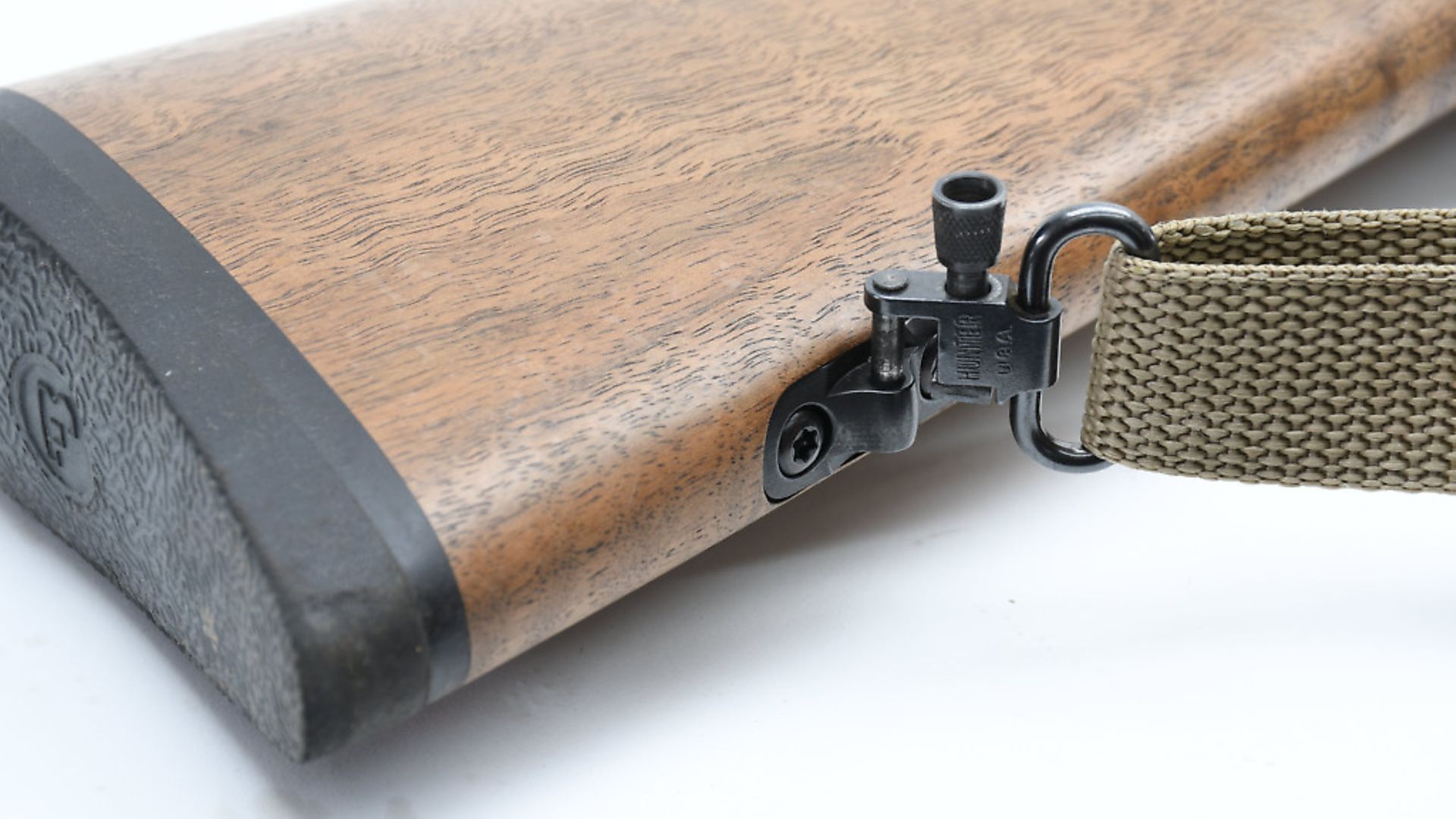 credit: Archant
credit: Archant
CONTACT: Edgar Brothers 01625 613177
RRP: £730.80
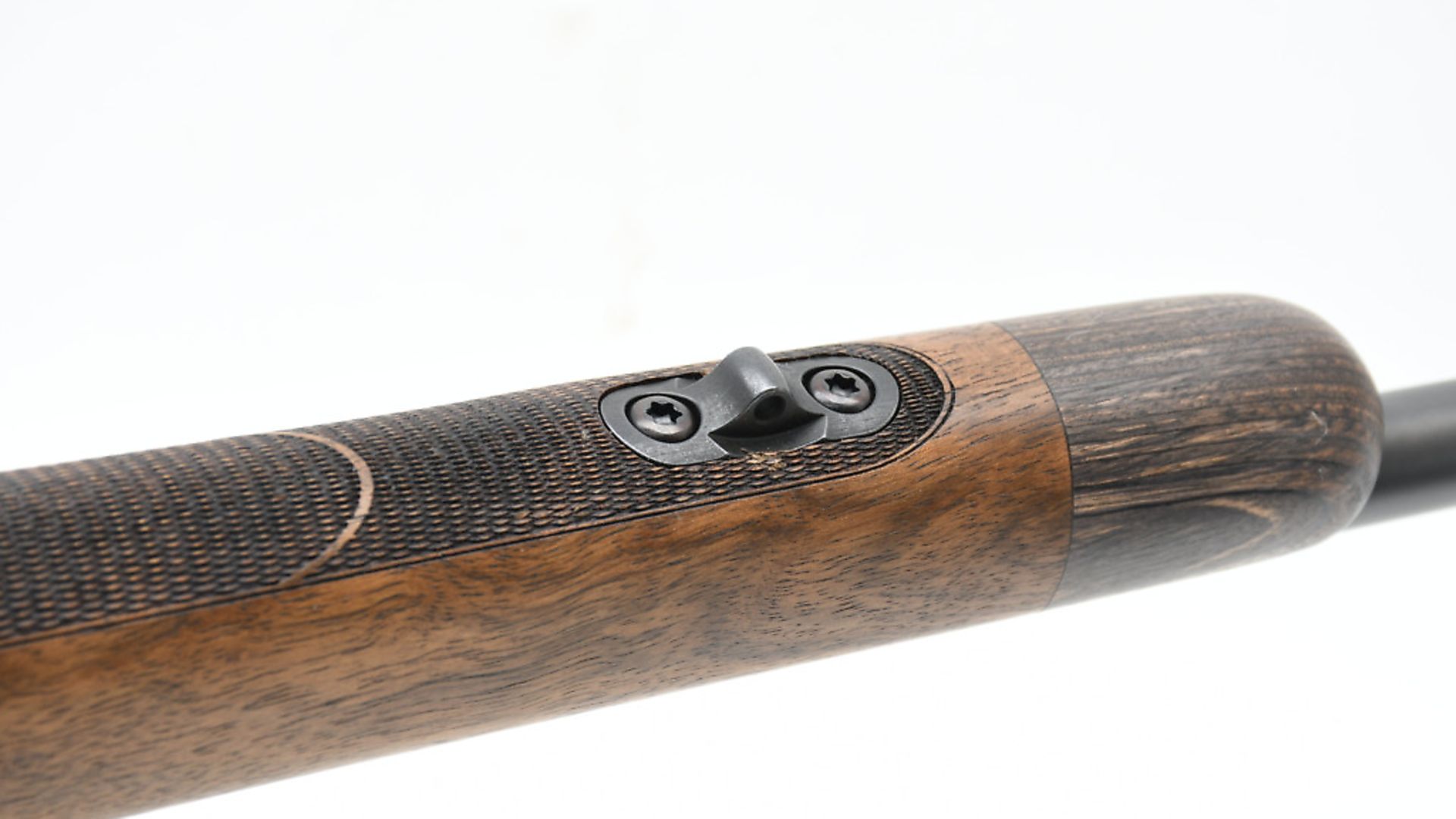 credit: Archant
credit: Archant
IN DEPTH REVIEW - CZ 457 ROYAL RIFLE IN 17 HMR
I doubt there are many riflemen who haven't encountered and used a BRNO or CZ rimfire in their shooting lives, regardless of its exact model. Most have been almost identical visually, in terms of the action specification and trigger layout, with a safety catch that has become backwards through the course of time. Stock designs and barrel profiles are still personalised options to suit your needs, but the key news this year has been the launch of the 457 action that is almost totally new compared to the 452/3/5 iterations of the past. So, is it all smoke and mirrors, or has it been worth the wait?
The regal sounding 'Royal' model is a lightweight sporter based around a rather nicely 'tiger-striped' walnut stock. It features a stippled solid rubber recoil pad bonded seamlessly in place, which will remain well placed in your shoulder pocket when shooting.
It also sports a slender comb with discreet cheekpiece along its 14"/355mm length of pull, with a 6mm drop at the heel from the nose, blending prone perfection with more reactive standing or seated shooting ergonomics. No left-hander is currently available, but no doubt will become so eventually, as I see this 457 as a long-term future step in CZ's plans. The grip features a slight palm swell on both sides and the comb design makes the gun pretty much equally comfortable to shoot from either shoulder. Synthetic finish is applied with the looks and matt feel to match the walnut's characterful figuring in an attractive gun, but be realistic when expecting timber to stand up to daily wear and tear. The grip and fore-end are neatly, if not sharply chequered, with both sectors incorporating fleur-de-lys type motifs to break up the borders, which seem to be laser cut.
Moving forward, the metal trigger guard is matt blacked in an innovative two-part design latched onto the bottom metal, a factor you only notice when disassembled, and no doubt a development of production economy. It has plenty of space for gloved fingers and shrouds the chrome-plated, smooth, 8mm-wide trigger blade.
CZ's conventional magazine system is compatible, with a five-rounder supplied that stacks in a single column, ending just slightly proud of the stock's underside. A longer 10-rounder is also available, and here is where the CZ falls a little behind the new Tikka T1, which incorporates an almost-flush-fitting staggered 10-round magazine similar in size to the CZ's five-rounder.
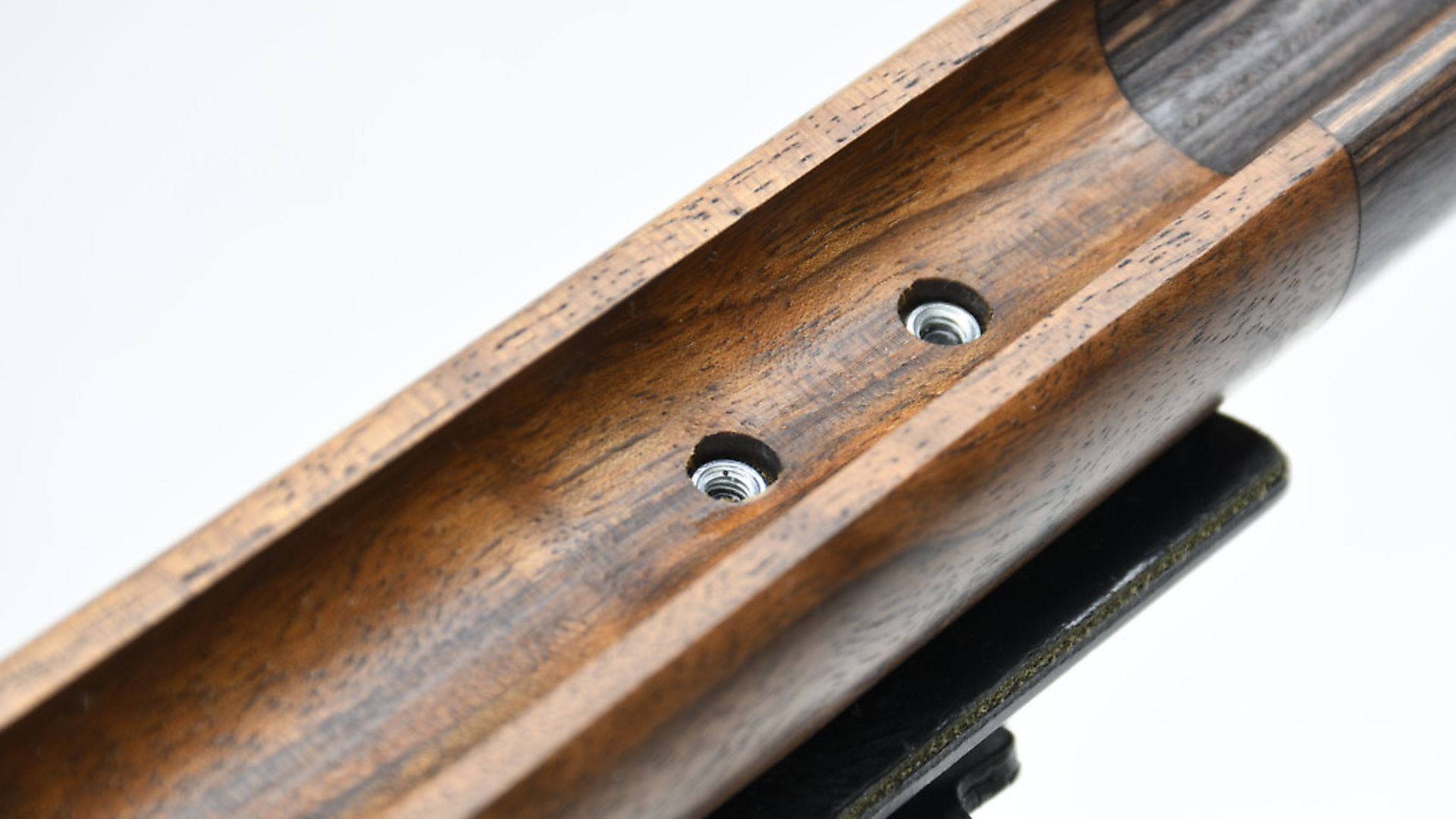 credit: Archant
credit: Archant
Another point to mention is that the square edges of the magazine and its well aren't as easy to align for fast reloads, so here is where Tikka's massive investment in a totally new injection-moulded unit has paid off.
The removal latch is in front and easily operated by your fingertip to pop the mag from the gun under gentle spring pressure, with no need to drop it vertically under gravity or draw it out with your fingertips. This is a nice touch when shooting from a vehicle or tight spot, where the reload position can't always be chosen on such small components in the dark. The mags are inexpensive, durable and feed ammunition smoothly into the chamber, so two in your pocket is a great back-up.
At this point, the generous hand-filling underside of the action starts to slim down into the fore-end. It's a little bit like the Mauser look, which has always shown a swollen belly around the magazine well yet retained a hand-filling fore-end; here, I feel it has become a little bit too delicate, with your hand easily wrapping it with fingers/thumbs encroaching on contact with the barrel. The chequering on the underside is grippy, but this doesn't spread to the side walls, and I feel it's an aesthetic rather than ergonomic design approach. It's not bad, just a bit of a compromise as it feels too slim, especially with gloves.
The barrel is fully floated and remains floating from varied shooting positions under the gun's own weight, but be cautious of adding careless force laterally as it will contact the tube at its added laminate tip. Lastly, 'CZ 457 ROYAL' is engraved into both sides of the walnut, and to be honest, I think it looks a bit out of character where all the other design elements are discreet; but my opinions are just my opinions!
Moving on to the metalwork, CZ's barrel is smartly finished in a matt black with a crisp crown featuring a ½"x20 TPI thread for moderator. It starts out at 14.2mm diameter with a straight taper to 21.5mm, where it enters into the 30mm action. Although invisible most of the time, when removed from the stock you can see the twin Allen bolts positioned at the action's face that force and retain the removable barrel onto the bolt-face, ensuring correct headspacing.
It's not a fast swap barrel for a quick trip out with an alternate calibre, but in reality only takes a couple of minutes to change if another tube ever comes available. This is something that has been possible for a few years, but not that commonly seen since the 455 first showed the arrangement.
The action is externally modest, with facetted radii in an overall octagonal shape and finishing identical to the steel in a perfect matt black. It shows 11mm dovetails on top for scope mounting, and I won't drone on about it, but why not Picatinny?!
Well, I will actually, because here the rear end of the dovetails runs very close to the bolt-handle, so designers of add-on Picatinny rails that slide over will need to keep their metalwork equally slender to fit without obstruction. Even regular 11mm airgun mounts need to be mounted with their screws to the left side of the action to avoid catching the bolt-handle in use, and some mounts don't allow this possibility anyway, so watch out for that one.
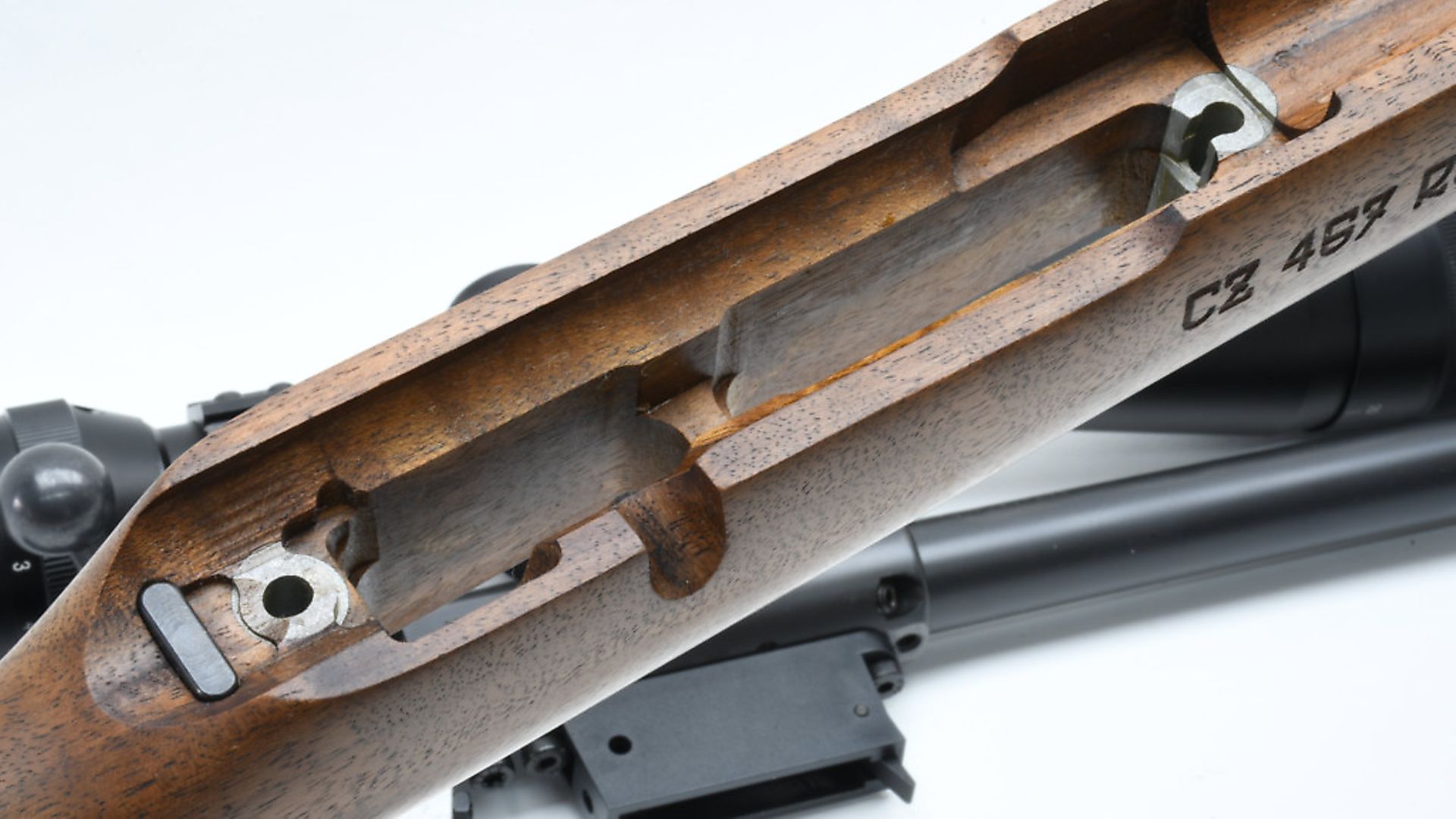 credit: Archant
credit: Archant
The bolt-handle itself only rises about 45° to unlock and comes nowhere near the scope's objective bell; this is a big improvement over older CZs, whose square-rooted bolt-handles could strike a low-mounted scope in this way, and the handle is long enough to stay well clear out to the side. 50mm objectives or larger seem to have become common in UK optics, and one such scope, mounted here in high mounts thanks to the adjustable objective, will give you a good idea of visual scale to plan around.
The 17.9mm bolt itself is a belter with a single rear locking lug, slick machining for a smooth stroke, and its 35.8mm handle capped with a (non-removable thank goodness) 19mm ball - exactly what a compact rimfire needs for fast function and dependability in the field. It never jammed anywhere along its 42mm stroke, and as the handle is effectively mounted about halfway along the shaft, it's not surprising it feels so balanced and smooth straight from the box without uneven longitudinal leverage forces making it stutter.
The top right third of the action is opened 38mm long, giving plentiful ejection space for the rounds, which are extracted from the breech by twin claws flanking the recessed bolt-face under the upper firing pin hole. As the bolt is drawn back clasping the case, a fixed ejector emerges, flinging the spent brass clear - effective and durable in the long-term and operable at any bolt speed, with a good 50cm of lateral throw on flat ground with a slow reload and about 75cm when really whipped open in a hurry.
Well, those good points are exposed before we even discuss the two real Achilles heels of the old 452/3/5 actions. Firstly, the trigger was a collection of externally pinned levers, prone to dirt ingress with consequent 'safely imprecise' sear engagement design standards. Secondly, the safety catch worked backwards, with forward for safe and vice versa. Although many aftermarket kits were created for the standard trigger, they were a bit Heath Robinson, with brass tubes slotted over pins to take up the slack; so, here on the 457 we see a totally new aluminium trigger unit with steel internals. Adjustment is shown for sear engagement and weight of pull but, as it arrived, breaking at 1,188g with a tiny +/- 21g variation, I was immediately impressed.
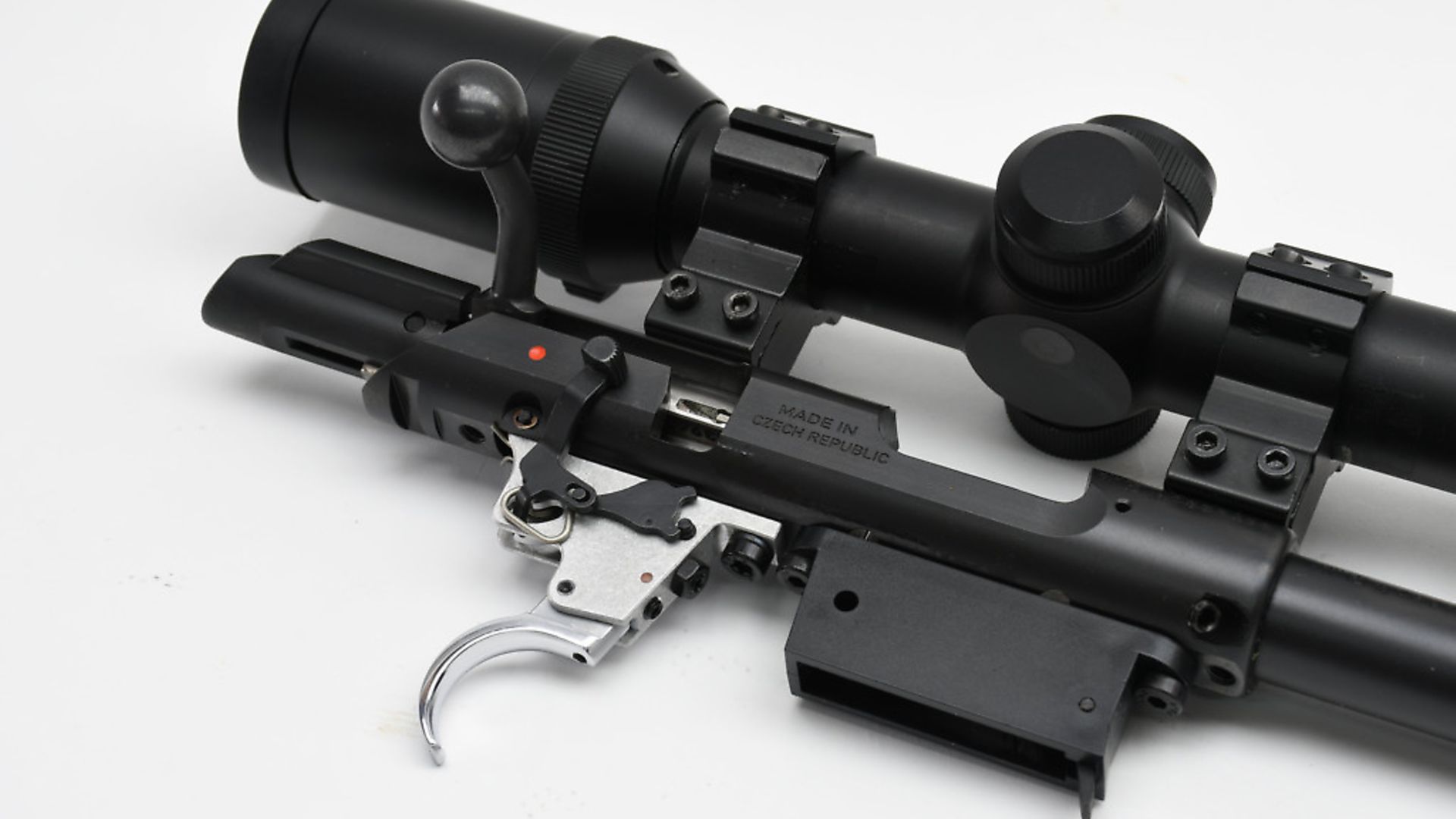 credit: Archant
credit: Archant
I would describe the pulls as 95% crisp, with just the slightest impression of take-up in the mechanism without any uneven feel which, for a factory rimfire, is definitely high on the ladder of capability. This 2.5lb pull will encourage good trigger technique applied to the smooth, bright blade, with good reach to the open radiused grip for most hand sizes on bodies capable of wielding this rifle (or smaller if the stock were to be shortened).
None of the adjusters show any threadlock to discourage casual tinkerers, so I would say proceed with some common sense and capable skills if you do want to twiddle it. A more heavily sprung over-travel stroke after the 'break' makes the rifle smooth and quiet to operate.
Safety catch issues have been cured as part of this trigger mechanism redesign, with a compact serrated lever emerging from the stock to the rear of the bolt-handle. Two positions, with forward to 'fire' and rear for 'safe', can be engaged in total silence when rolled under your thumb and, even when carelessly flicked, it's not a noisy mechanism. The bolt doesn't lock on 'safe', but this is not really disappointing on a sporting rimfire where your life is unlikely to depend on a lost round dropped from a rifle.
Lastly, the cocked action indicator sits in the centre of the bolt shaft's shroud, diminutive and red to the eye on the facetted surface yet remaining tactile in darkness with gloves.
Bolt removal is via a lever to the left side of the action, moving the gun's design character well and truly into the 21st century, where long extended pulls are no longer in keeping.
So, Achilles' heels addressed and cured, external finish and design pretty much sorted… what is left? Well, take the rifle out of the stock and you will discover two hidden gems. The walnut is precisely machined with not a tooling mark in sight, but most importantly, two bedding pillars are now bonded into the timber. These allow consistent torque to be applied to the twin T25 screws from the underside, which will give far more consistent return to zero if you do remove the action to swap a barrel. It also allows the rear recoil lug to fit into the stock more tightly before lodging in the similarly tight-fitting slot underneath the action tang.
Everything looks like an intelligent blend of financial compromise and modern machinery, without anything looking cheap or rushed. I take my hat off to CZ as I think the design here, and on the underside of the stock where the bottom metal fits into its recess, would be appreciated on a centrefire rifle at twice the price, never mind a lowly rimfire!
Shooting the rifle led to the usual .17 HMR ammo choices of Hornady 17gr V-Max and 20gr hollow point XTP. The former produced 2,569 fps from this long barrel, with the latter again showing superior accuracy at 2,316 fps average speed within the popular MOA clusters that the 17gr had slightly exceeded. As always, wind played a huge factor in performance.
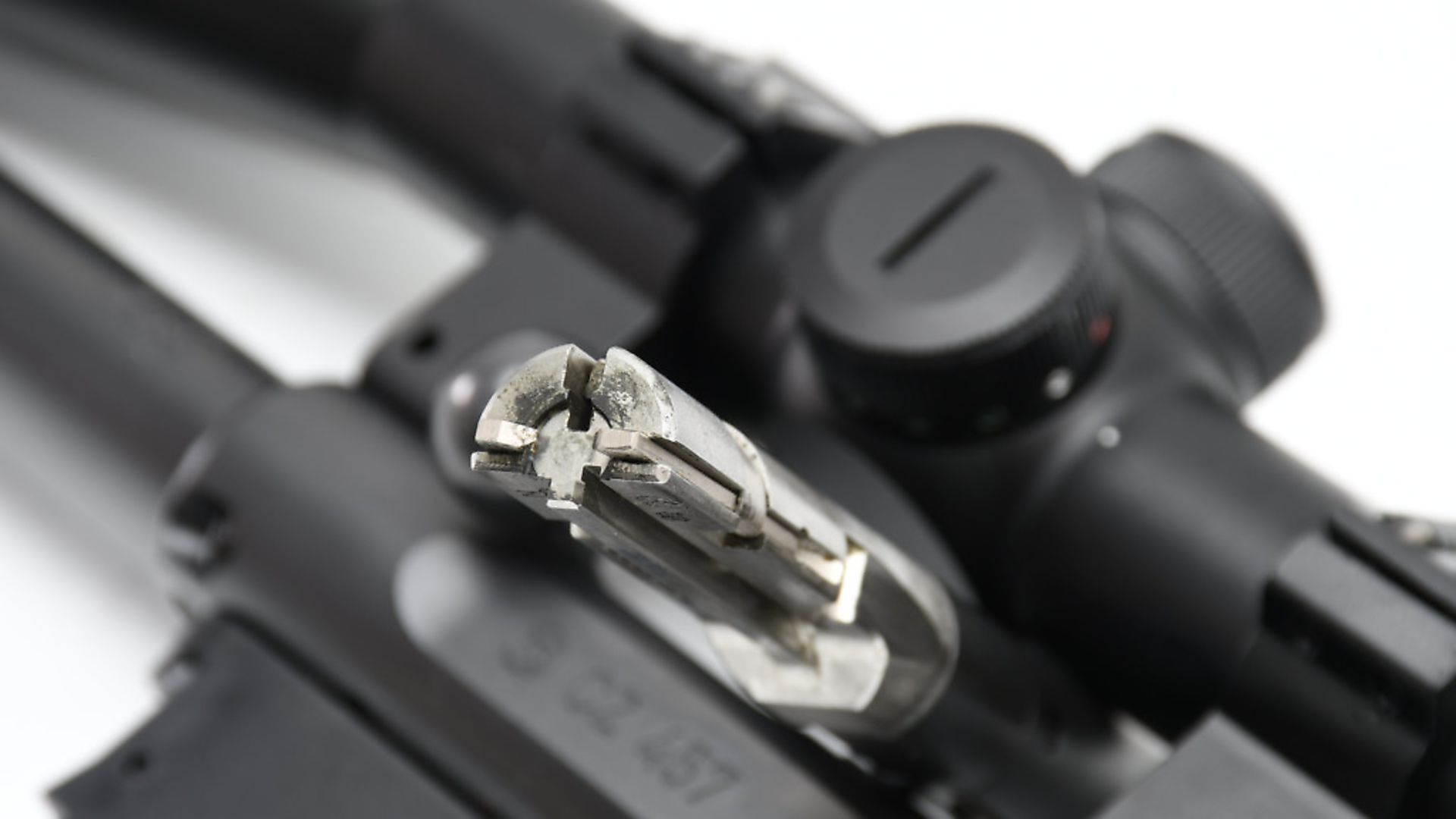 credit: Archant
credit: Archant
These days, I get less bothered about what sequential five-round groups will do on a .17 HMR, as ammunition is always going to produce odd flyers that will devastate tiny group obsessives; I'm more concerned about everyday usability within 150m on a rabbit's chest. I wanted to add Night Vision or thermal to this rifle as rabbit control is my priority at the moment, but without a rail or easily fitted mounts I had to accept it wasn't possible, and after a few hundred rounds of use, the Allen heads on the mounts provided had left slight marks on the bolt-handle where they had rubbed on it. Had I noticed sooner, I would have switched the mounts the other way around, but not all can be turned to leave the screws overhanging to the left side of the action, so be aware that whatever mounting solution you use will not interfere with the bolt. I could have pushed the mount further forward towards the scope's saddle, but on a physically long scope I have learned from experience to spread the mounts as far as possible within the limits of correct eye relief.
Another factor I would like to address with the Royal is that the rear end of the stock, offering 14"/355mm length of pull, really added to the shooting pleasure. The Edgar Brothers scope provided was a long unit at 15¼"/390mm, so stock generosity was much appreciated because a scope such as this would have strained a 6' tall adult on a short-actioned rimfire with a short stock as well. I could happily lie prone, with gentle shoulder pressure into the recoil pad to load the bipod, and shoot without any need for stability from either hand (although, of course, were I hunting I would have used them).
I felt I was addressing the rifle more like I would a centrefire, not crowding over the top of it like so many tiny rimfires. It handled well with delicate, pointable balance, even with a long barrel and Sirocco moderator added in a situation where short 16" barrels are favoured over this 20"/510mm.
The stock shape suited me nicely with the ability to shoot either way out of my vehicle around the farm, or in any situation where improvised rests are never in your favour for handedness. You will have read many reviews on CZs of various calibres and stock options, but the point to take away here is that, other than stock design to suit your size or needs, the action has always been 'the old CZ' with all its caveats. Now, all those are gone, and the 457 is a fantastic update with obvious and subtle design factors that perhaps show new blood, vigour and dynamism from CZ who have, dare I say, perhaps rested on their laurels for a little too long!
A second-hand 20-year-old CZ had little to lose when compared with a newer model; CZ owned the second-hand market with new shooters looking for economy, yet now they have a fresh target to aspire to for those with a slightly higher budget. Given the nature of rimfire ammunition, I can't say there will be huge improvement in day-to-day accuracy over the older models, but the gun is more easily usable with ergonomic interaction, and will be more reliable long-term, I'm willing to bet.
One last factor that I'm reminded of at this late stage is that some .17 HMR CZs of old had issues feeding the open Meplat hollow-point XTP ammunition smoothly from magazine to chamber. Guess what? No such issues showed here, and why? Because those uncompressible pillars in the stock prevent variability in the position the magazine is held in with regard to the action. This is a tolerance separated by the stock spacing the bottom metal from the action/feed ramp, so, yet again, minor details on the 457 shine through anew.
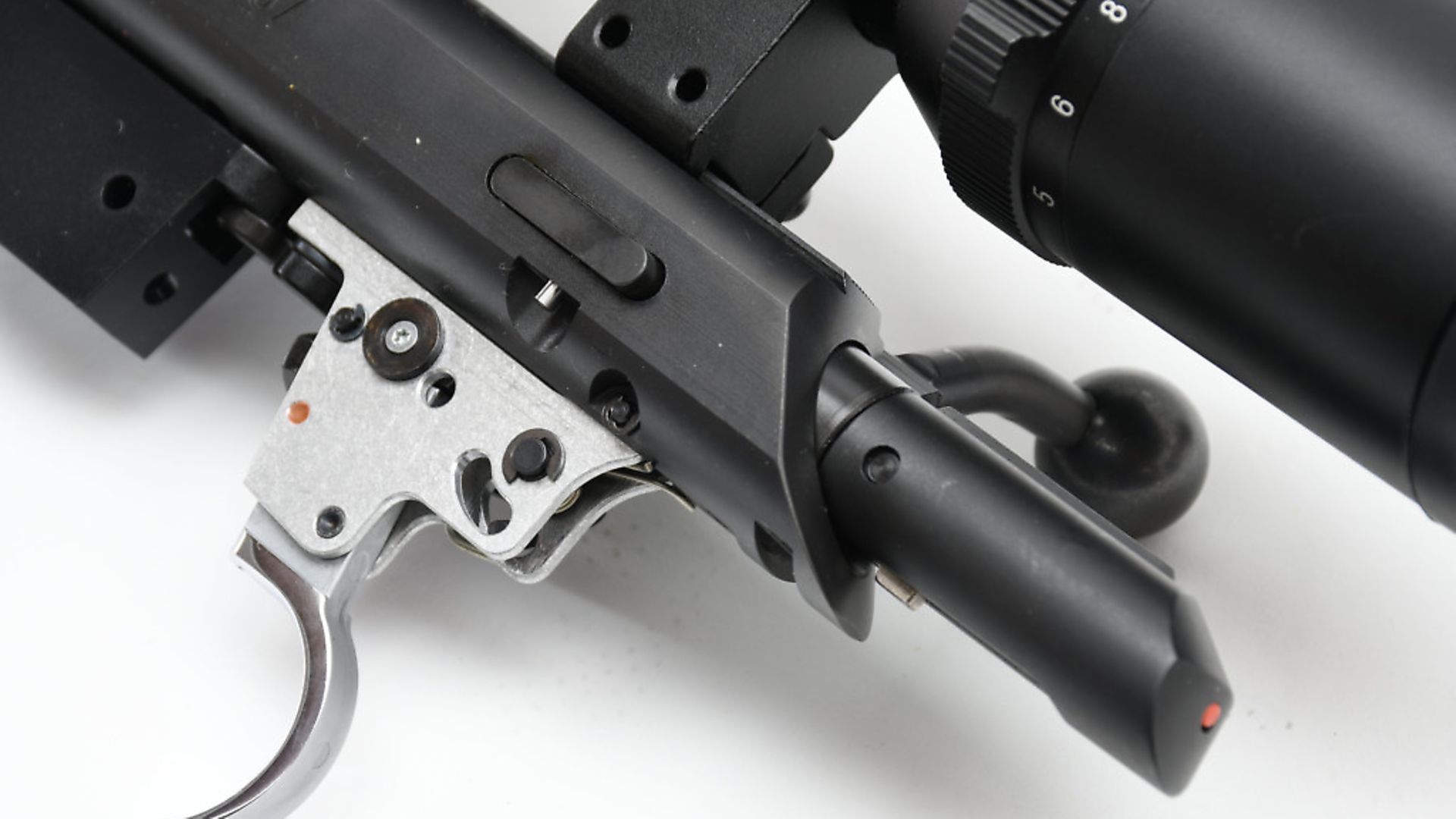 credit: Archant
credit: Archant
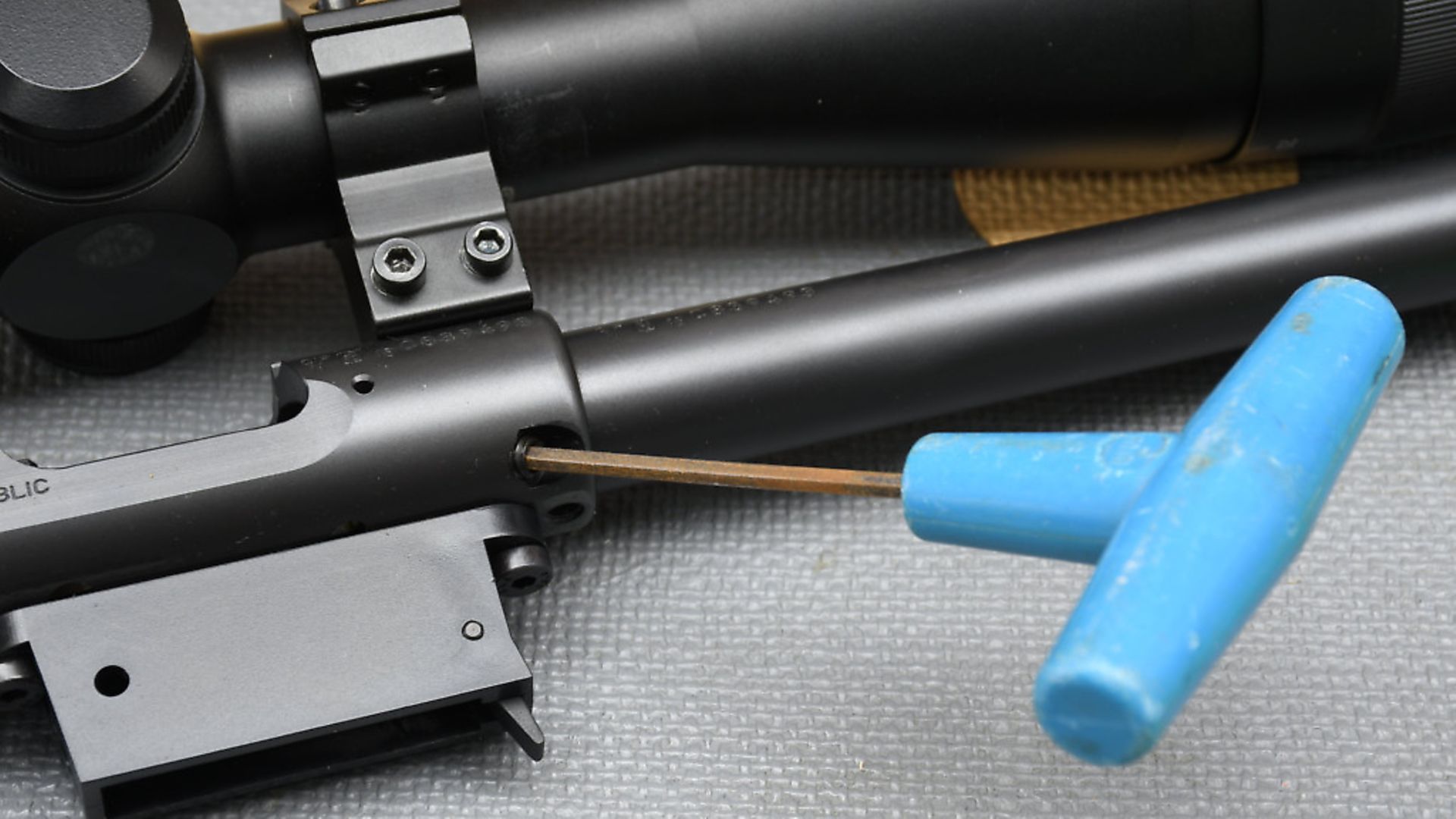 credit: Archant
credit: Archant
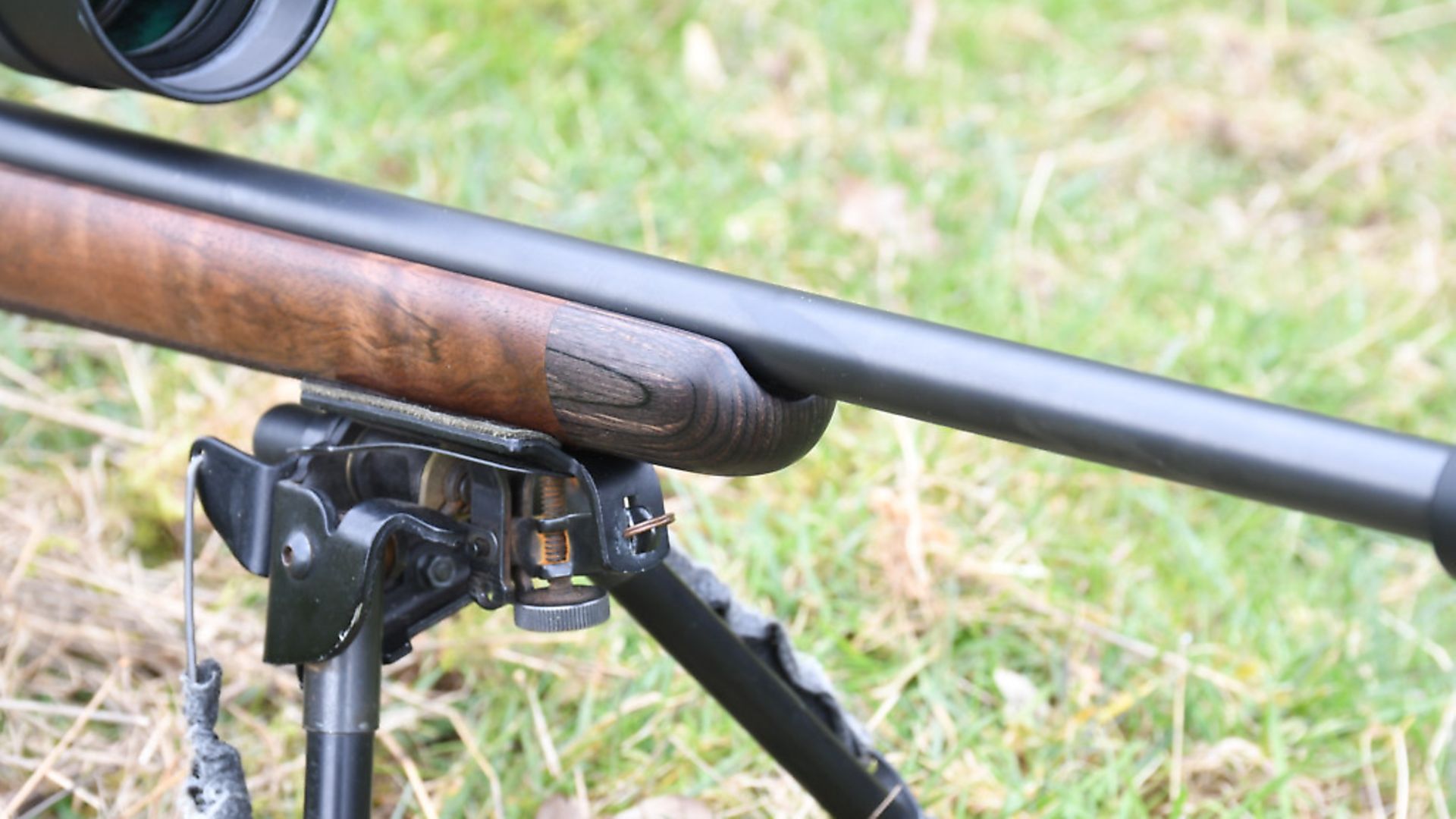 credit: Archant
credit: Archant
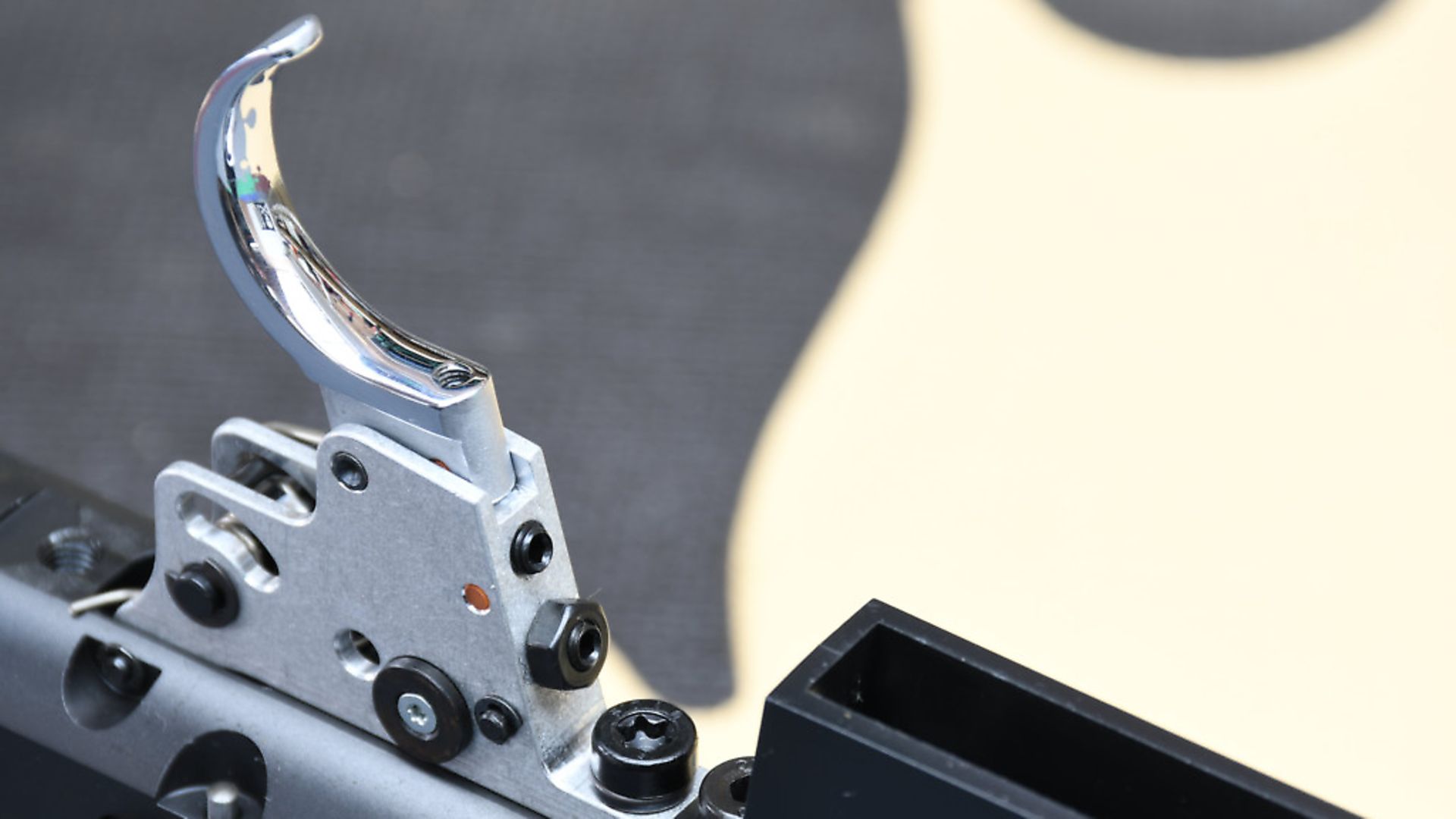 credit: Archant
credit: Archant
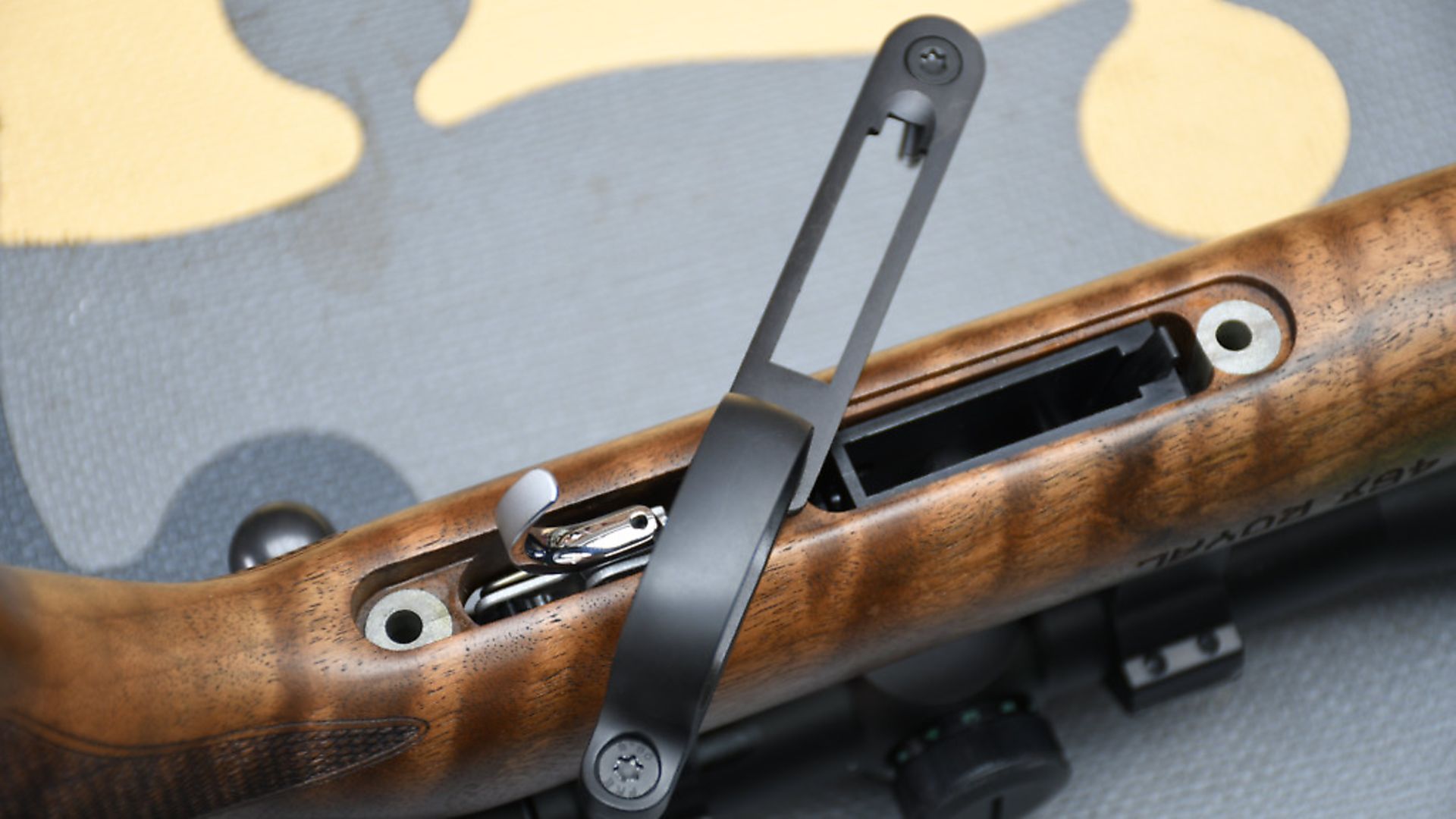 credit: Archant
credit: Archant
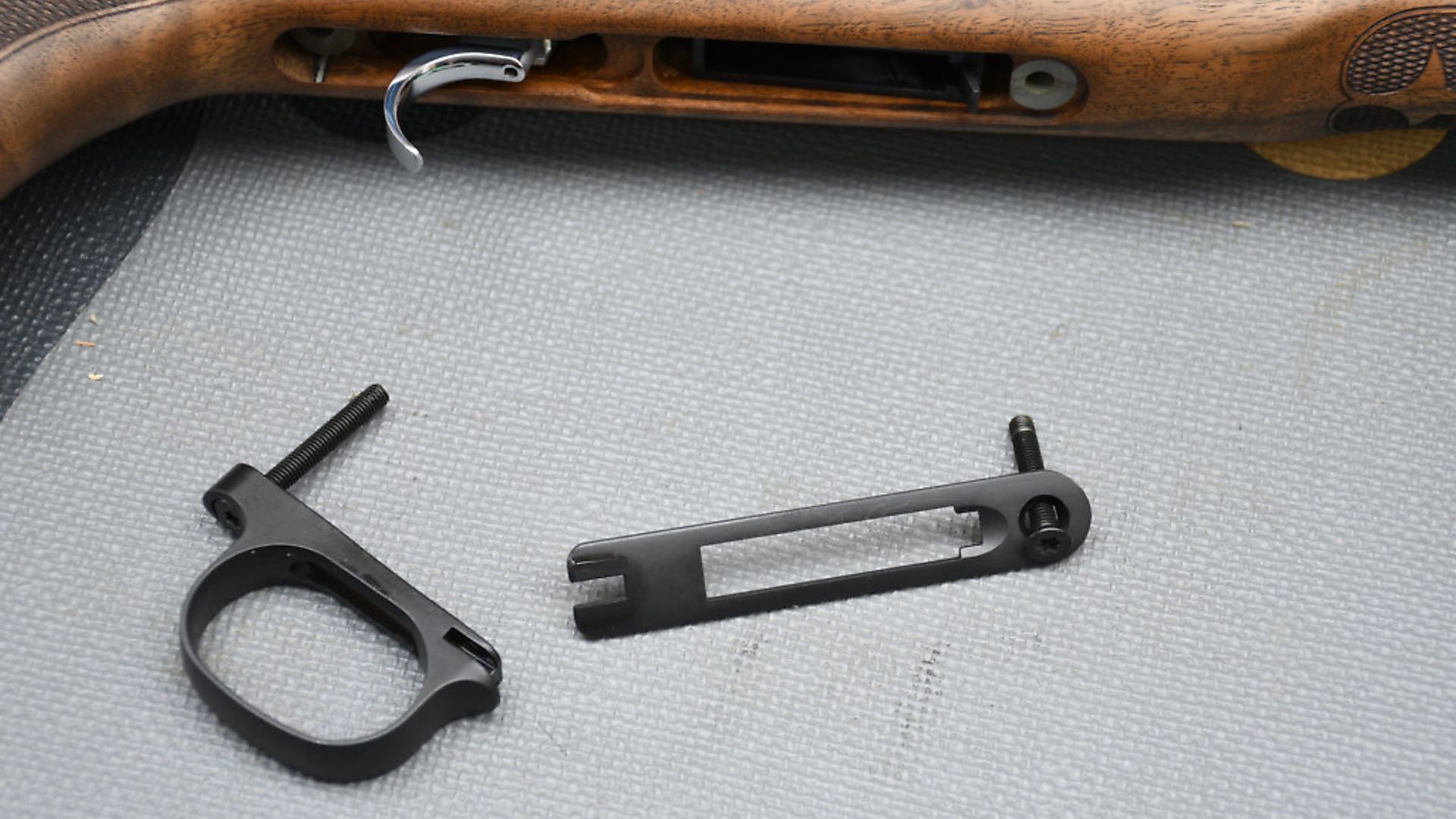 credit: Archant
credit: Archant
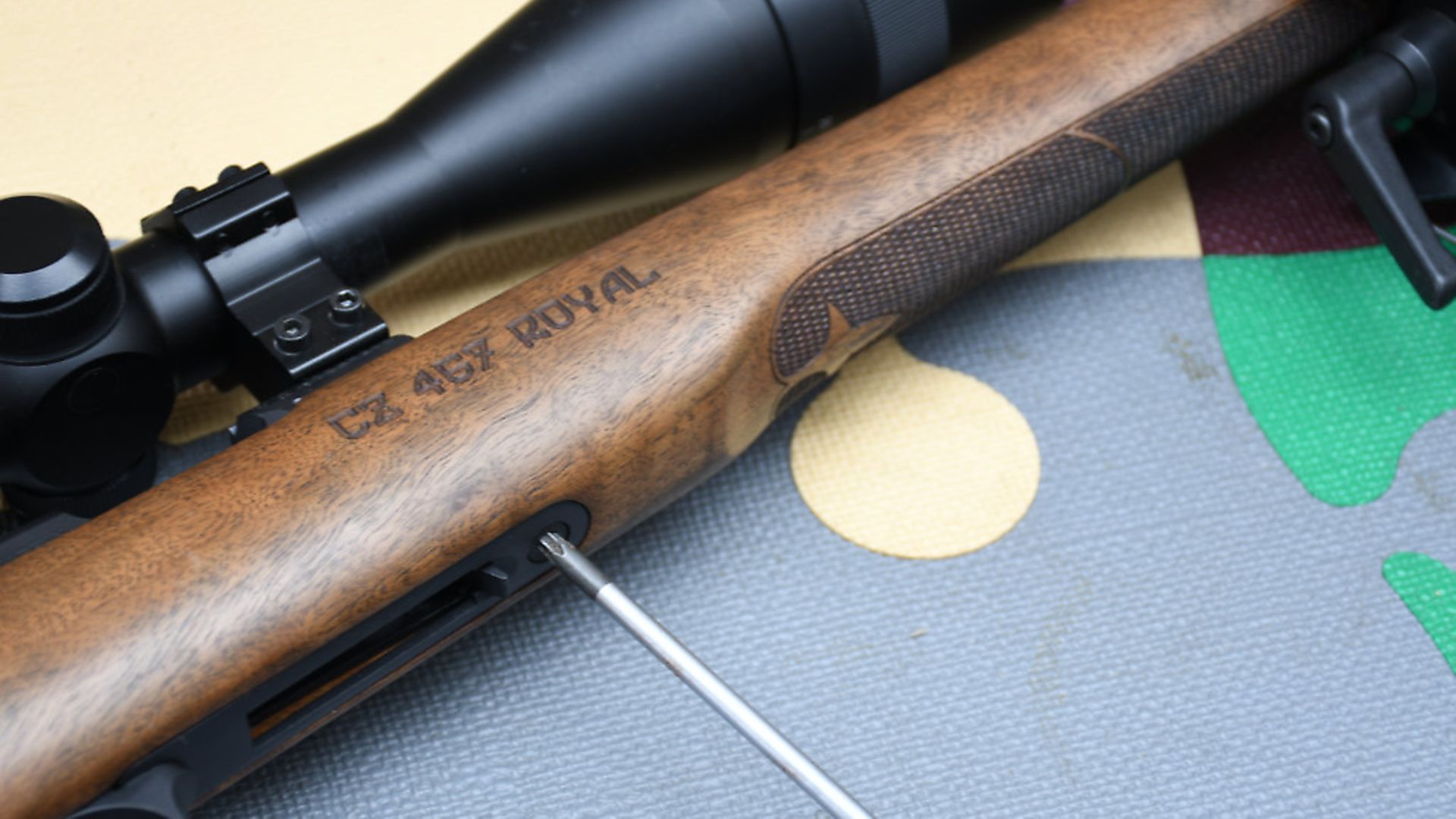 credit: Archant
credit: Archant
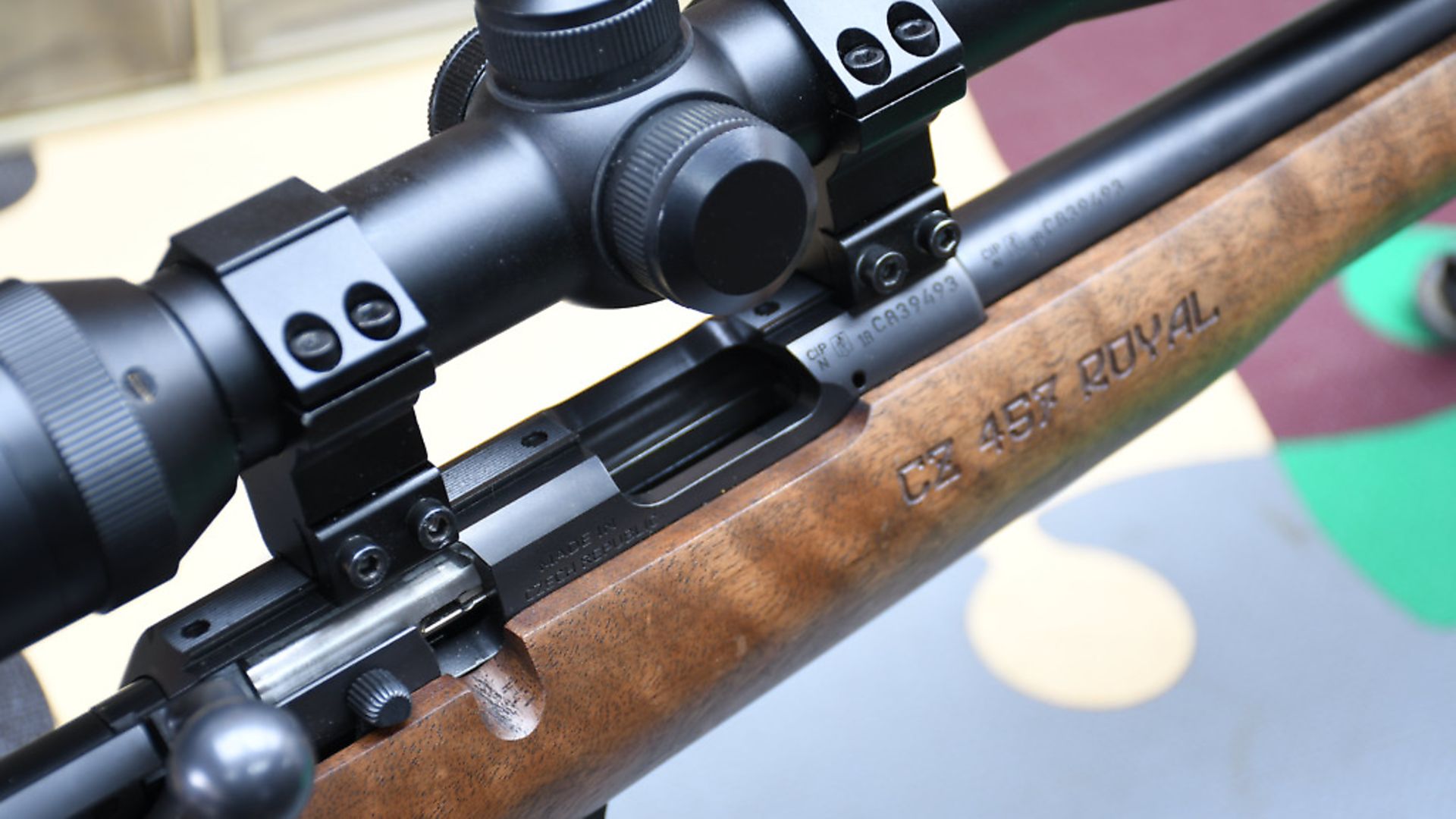 credit: Archant
credit: Archant
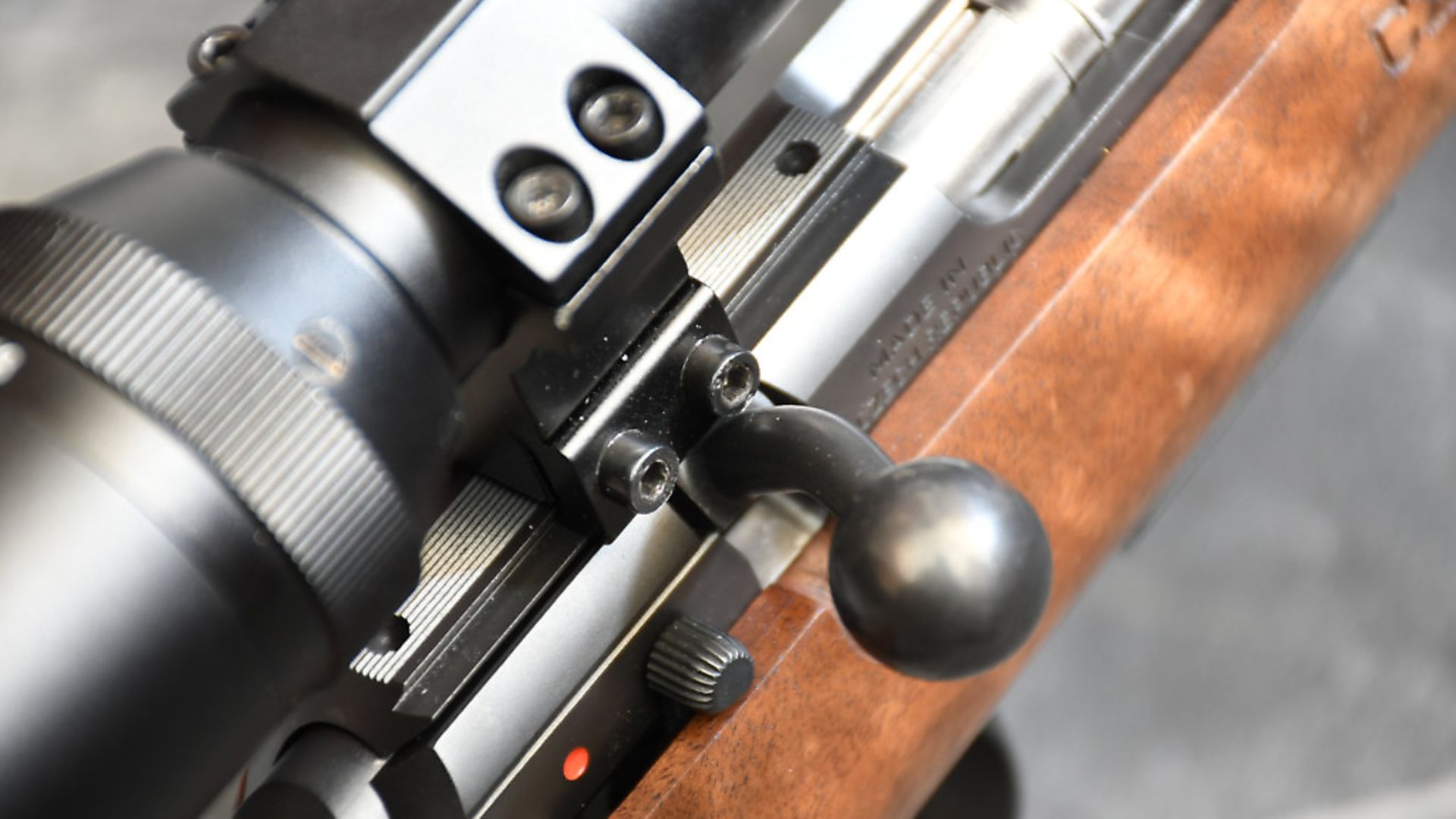 credit: Archant
credit: Archant
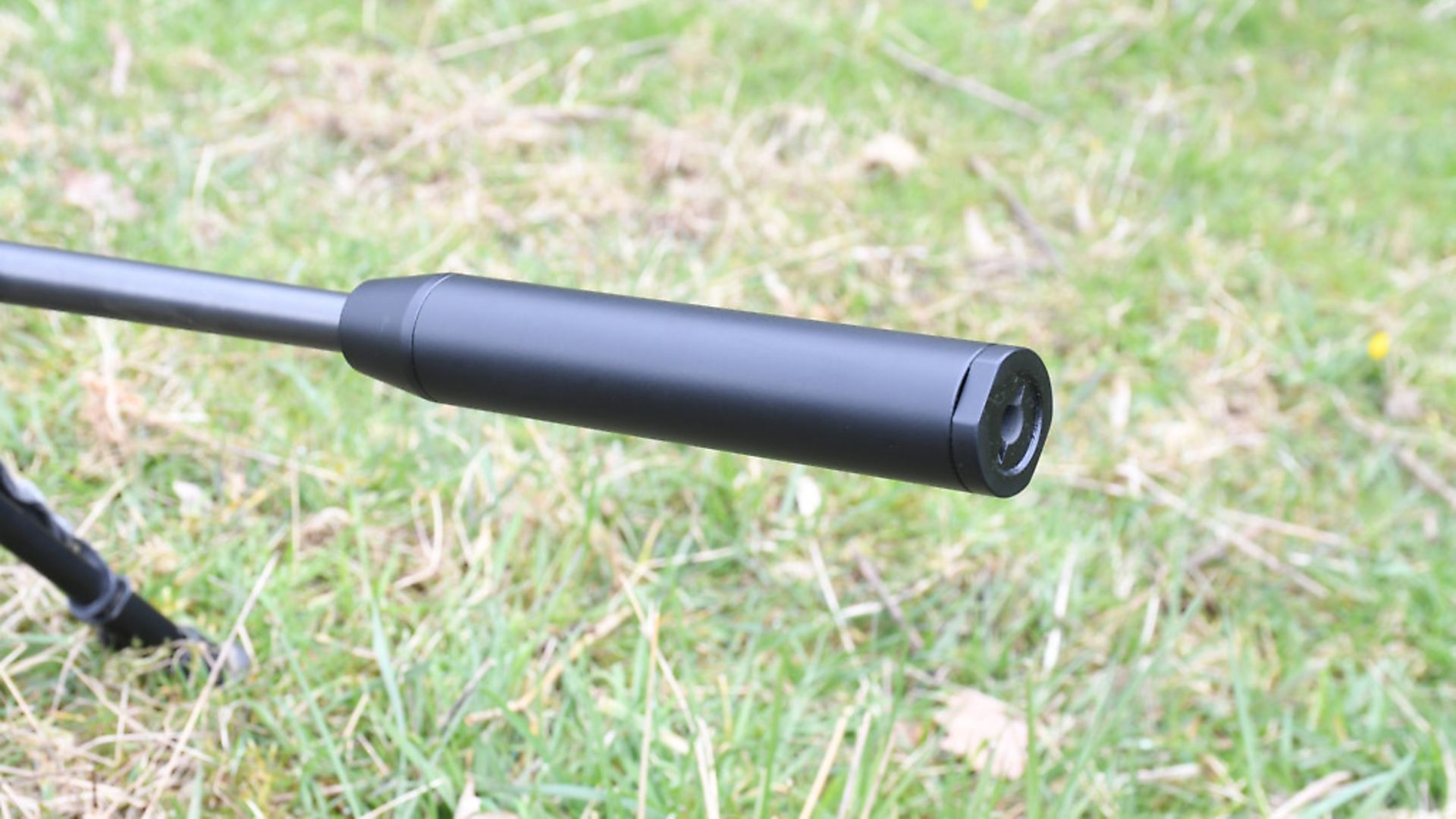 credit: Archant
credit: Archant
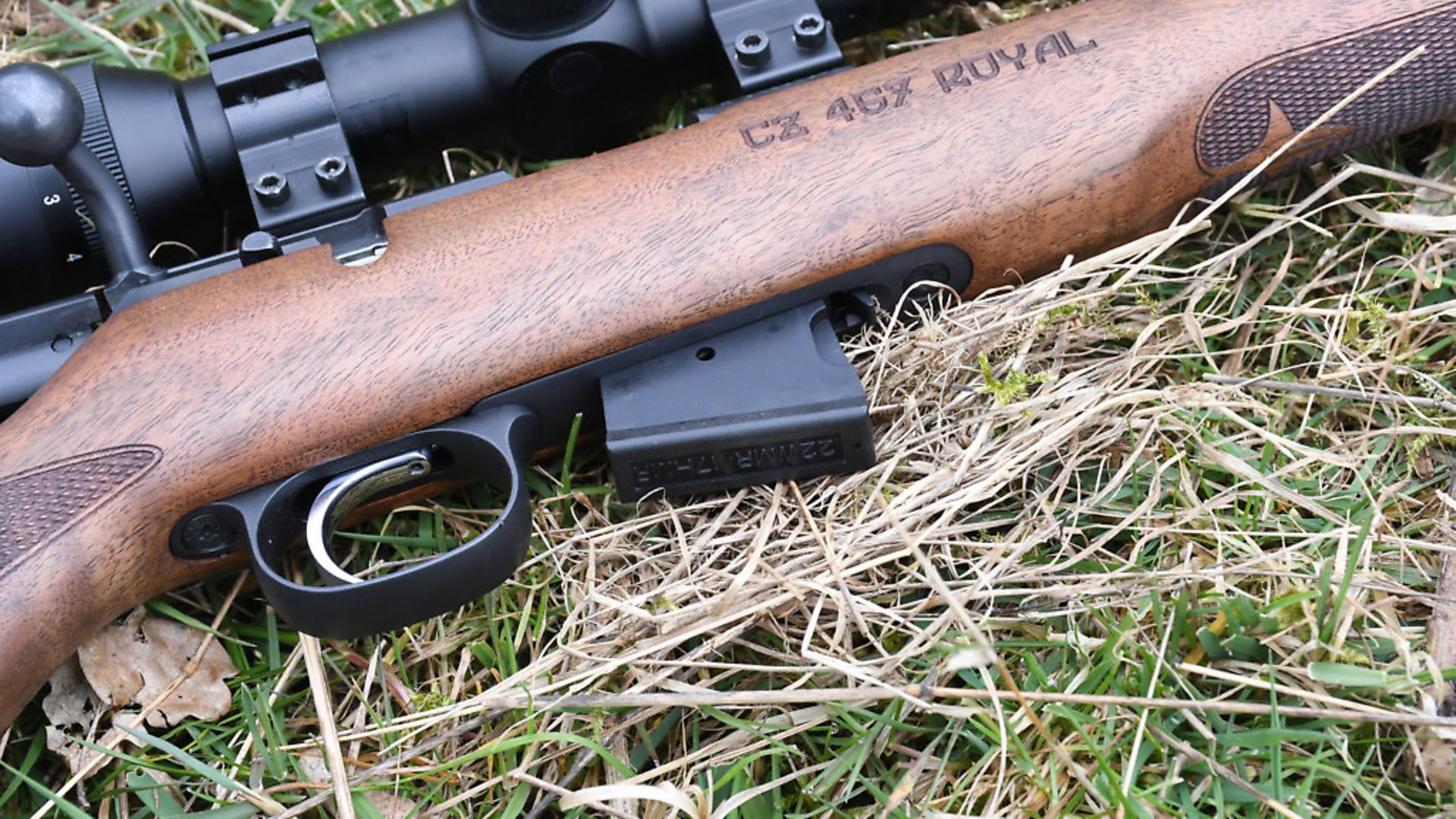 credit: Archant
credit: Archant
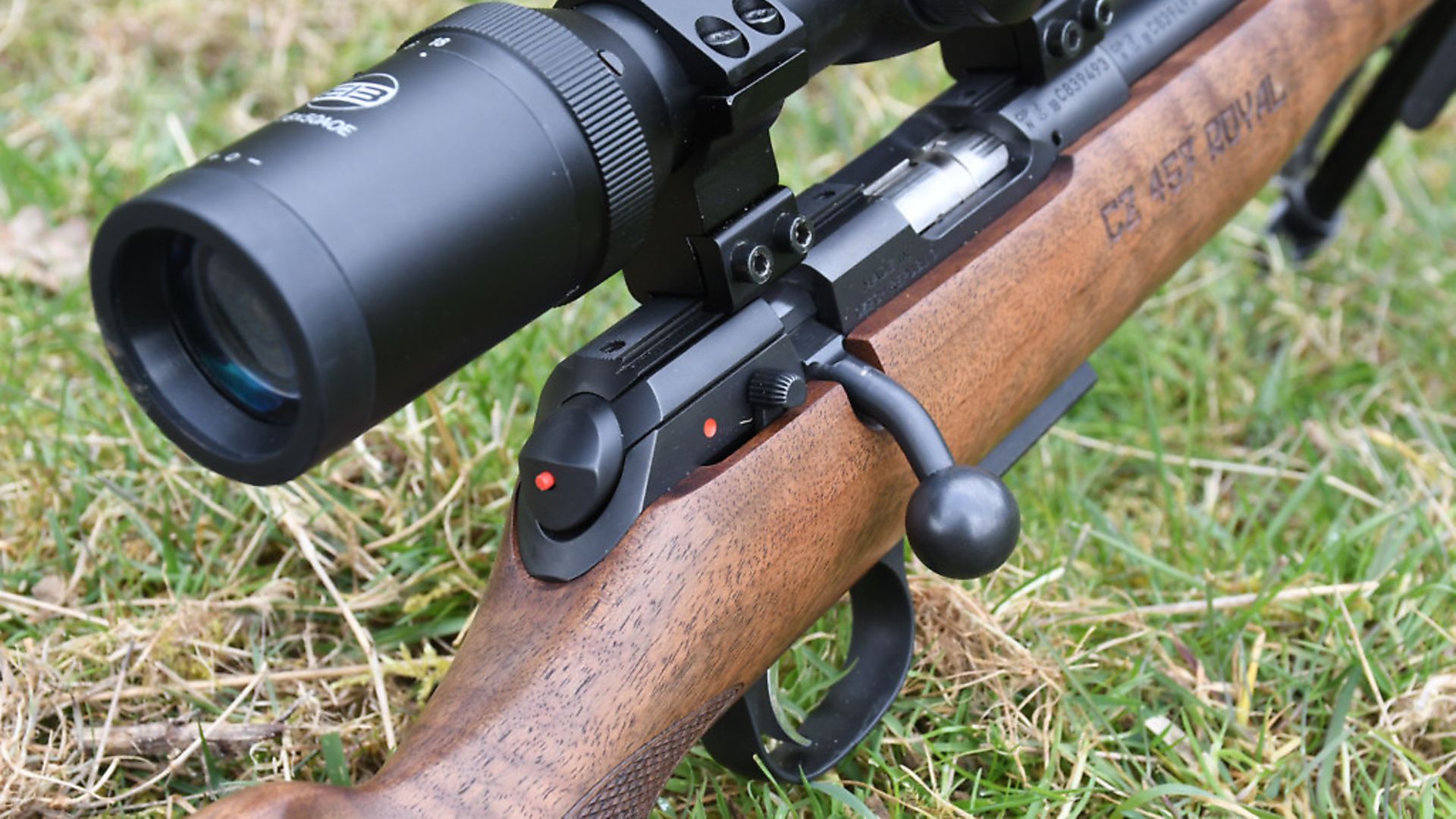 credit: Archant
credit: Archant
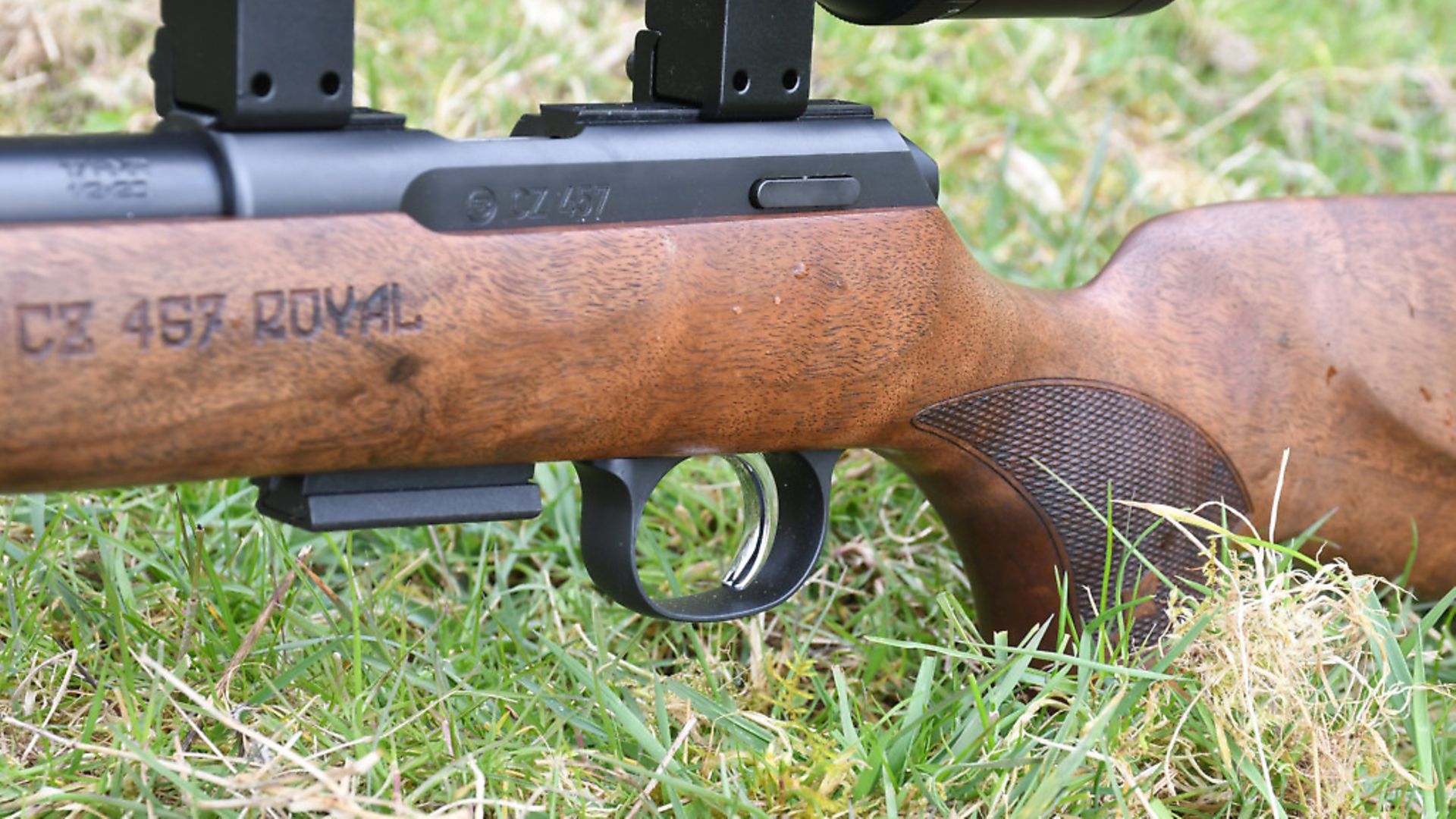 credit: Archant
credit: Archant
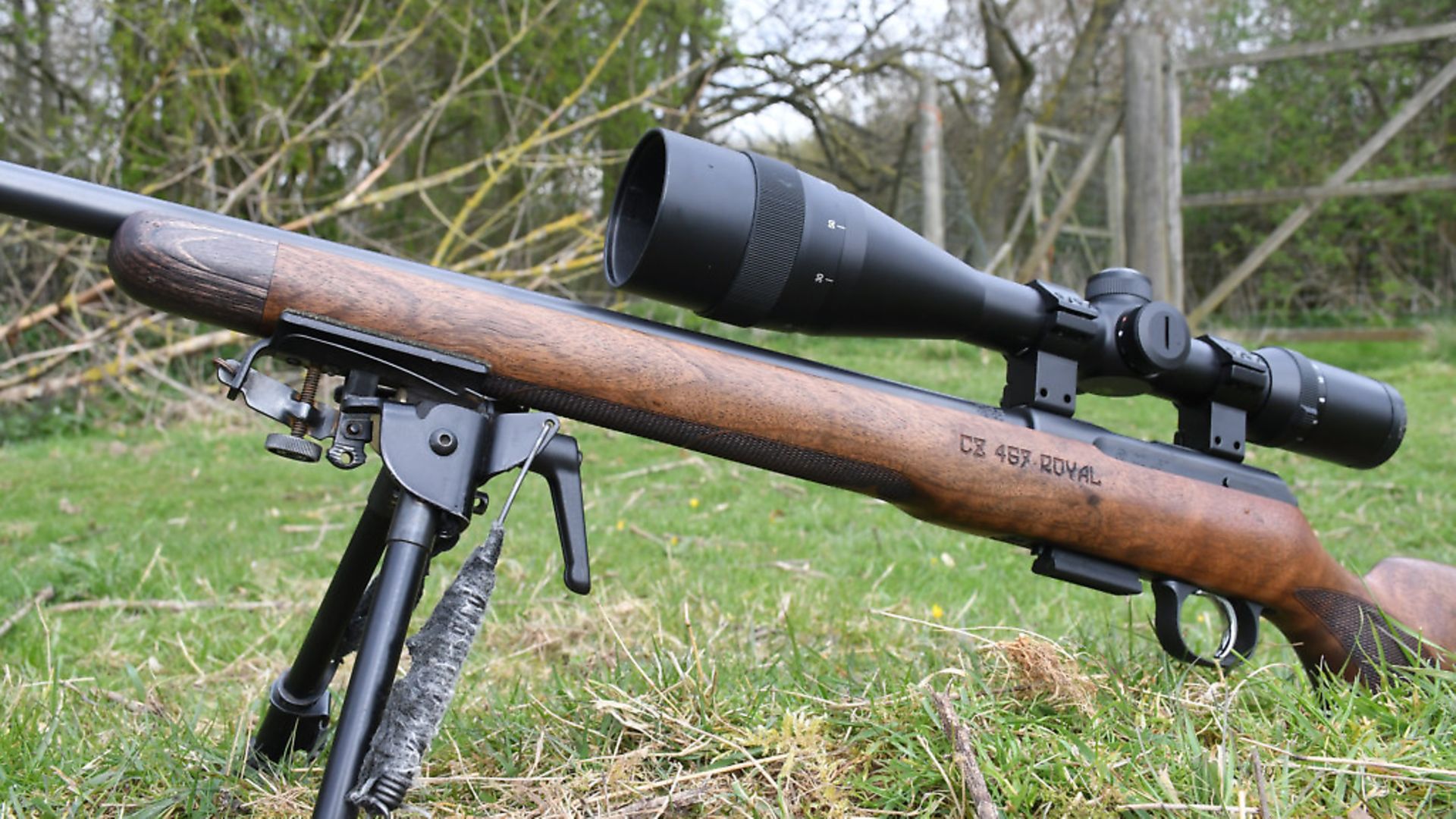 credit: Archant
credit: Archant
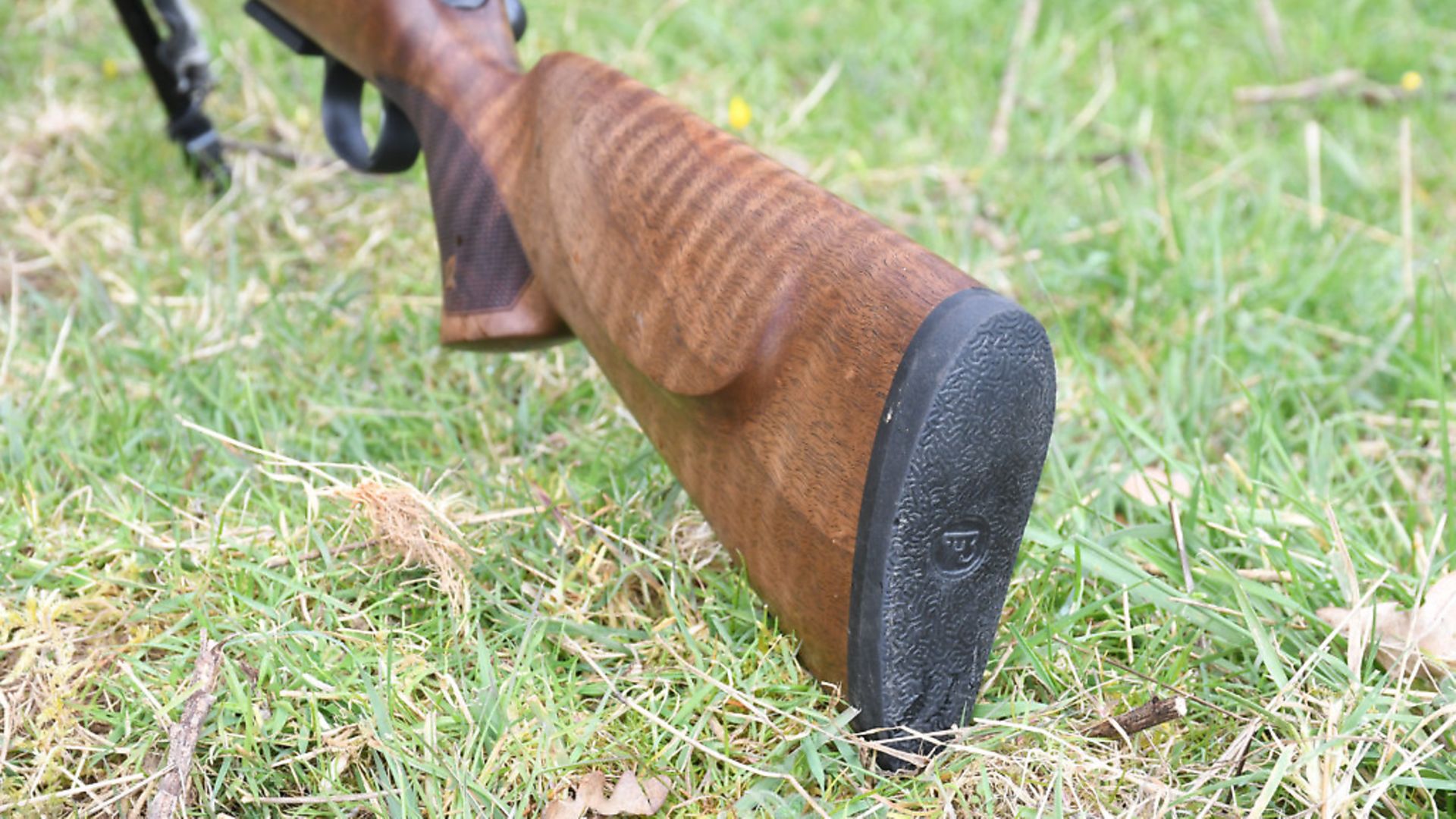 credit: Archant
credit: Archant
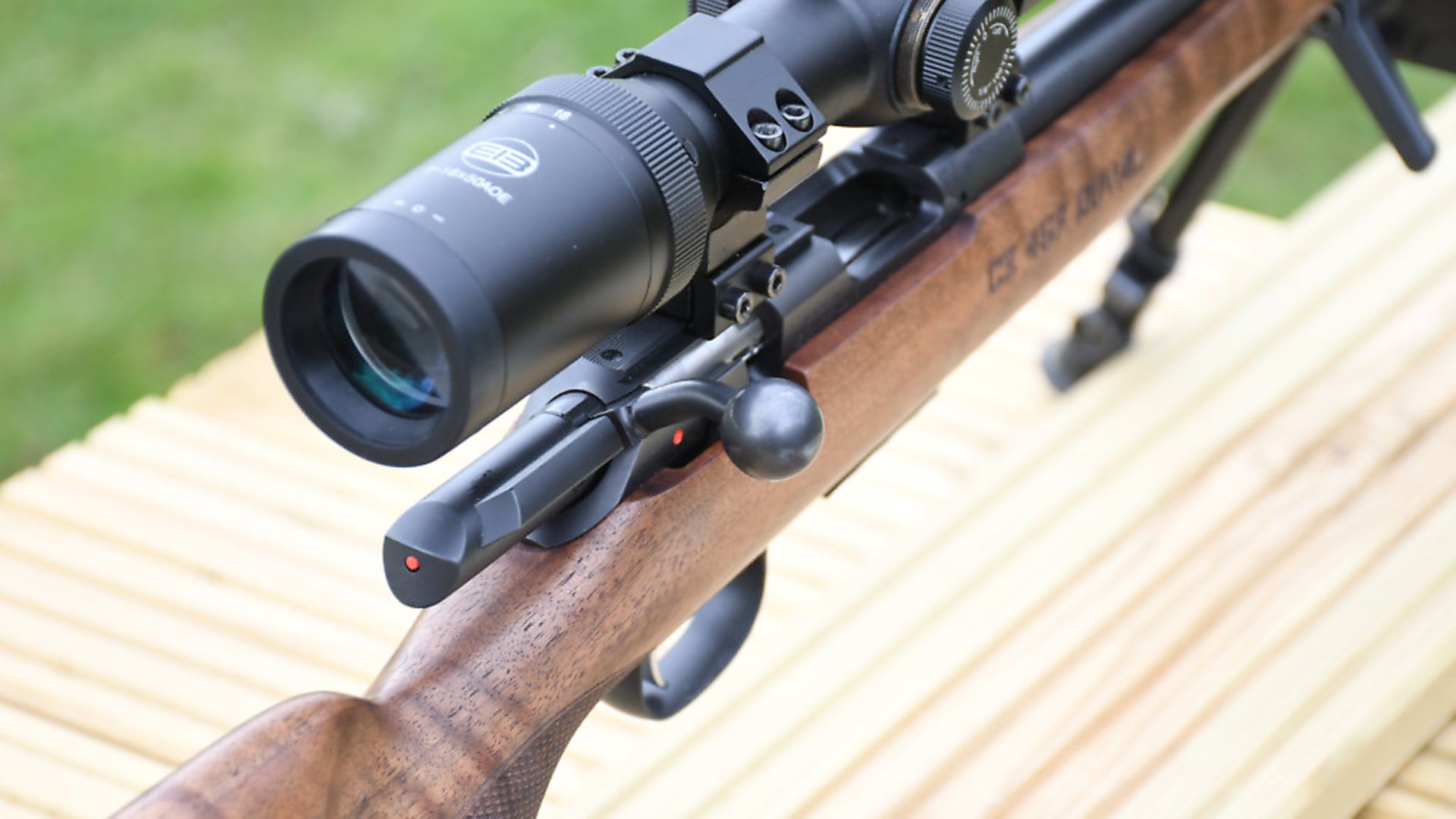 credit: Archant
credit: Archant